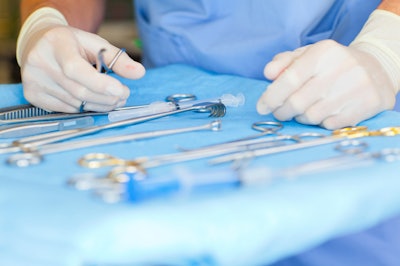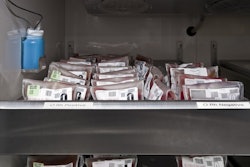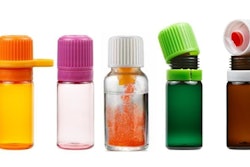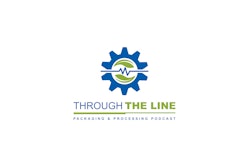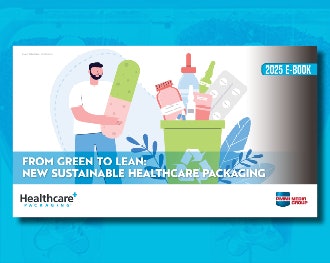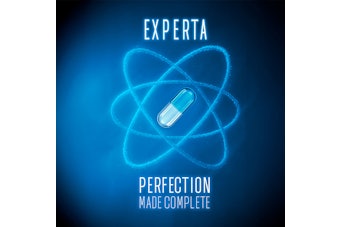Medtronic CardioVascular Senior Principal Packaging Engineer Sameer Upadhyaya’s HealthPack 2015 presentation focused on how the medical device manufacturer employed ethnographic research to remedy vexing packaging problems in the operating room (OR).
To develop its new CoreValve Evolut™ R Transcatheter Aortic Valve Implantation (TAVI) System, Upadhyaya said the Medtronic team conducted ethnographic research to observe how hospital opened and handled catheter packaging. The new Evolut R is about 4 in. longer than a previous catheter system, which brought an additional challenge.
Using a cross-functional team approach, Medtronic sought input to the following key questions:
• Would the new product require new packaging, or could a modified version of previous packaging be used?
• Who would be the key customers—both internal and external—at the forefront of using the device?
• What would customer needs (and wants) be?
• What would a successful package look like?
Ethnographic research, said Upadhyaya, brings no preconceived notions. It involves observing people in their natural habitat and using that in product/package design. The benefits of ethnography, he said, include the ability to resolve known unknowns, test product assumptions, understand real product scope, minimize risk, and build knowledge for future projects and opportunities.
On the other hand, he described challenges of ethnography, including the need for early funding where its value may not be immediately apparent, and the difficulty to project return on investment. “The process may be perceived as marketing’s job, but it really isn’t,” explained Upadhyaya. “We need to know these details.”
Medtronic learned about customer workflow, key pain points based on observational visits, and raw customer needs. That information went back to project engineering for mapping of markets, systems, and project specifications. Product flow and product usability are two keys for packaging.
Learning from ethnography
Observing nurses and technicians in the OR environment showed that they often don’t read key device usage and handling instructions printed and added into the packaging by medical device manufacturers. In a video, a technician folded the catheter into a circular shape, completely dismissing instructions to keep the catheter as straight as possible.
Ethnographic research helped Medtronic create storyboards for each step of the customer opening and handling process. Additional input was taken from Medtronic teams that included packaging, marketing, and supply chain. The teams made evaluations, creating need and wants lists from end users. From that, more input was gleaned from hospital staff and their feedback was taken into account via need statements for end users.
Upadhyaya then played a video on the new Evolut system, which allows a single technician to open and prepare the catheter system in the tray, which is compartmentalized to house the three key catheter delivery system components and allow for them to be individually bathed in a saline solution prior to aseptic transfer to the operating table.
Said Upadhyaya, “We need to empower end users to make them more comfortable and able to do their jobs more effectively. All of us in packaging learned about the four basic functions that packaging must perform: containment, protection, preservation, and communication.
“We need to remember that the medical device manufacturers and the operating room personnel are facing multiple stresses, and they don’t need that from packaging. We need to think beyond these four dimensions and to think of a fifth dimension for function.
“Ultimately, it may have been easier to use the same old packaging for our new system, but we wanted to deliver a more effective, integral packaging experience for hospital staff. The new packaging results in one person being able to load and prepare the catheter delivery system not in seven minutes, but two to three minutes on average. Some people have shown they can do it in under a minute.”
The package now uses a single tray, removing the need for outer pouches. Overall, there is a 30% reduction packaging materials, using fewer components. The new packaging also allows for easier parts removal, usage, and preparation within the tray.
Medtronic’s CoreValve Evolut R webpage includes a video on the system.
